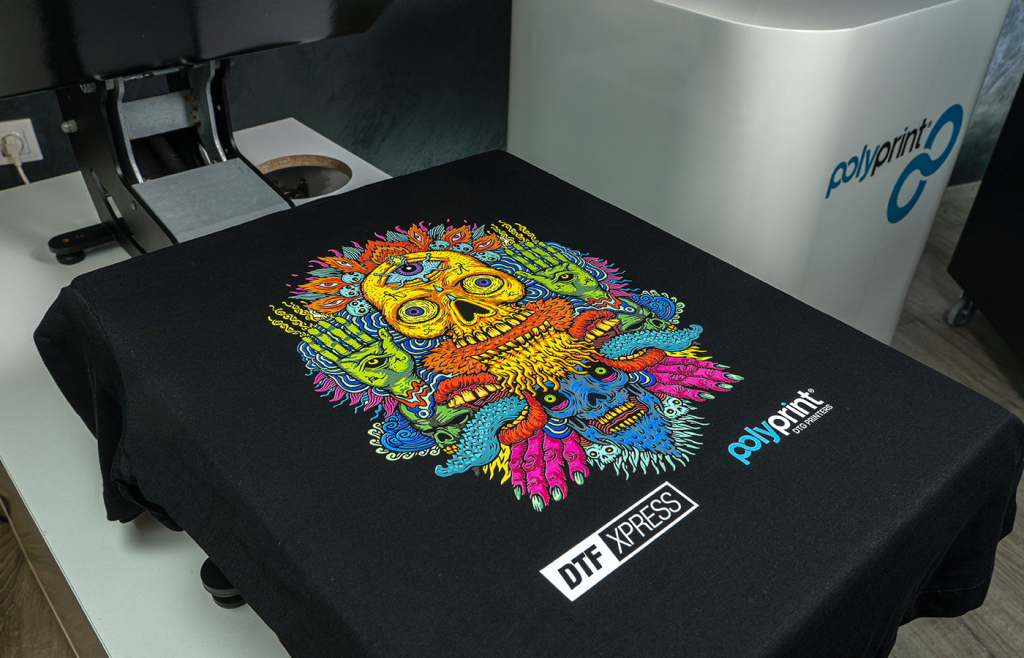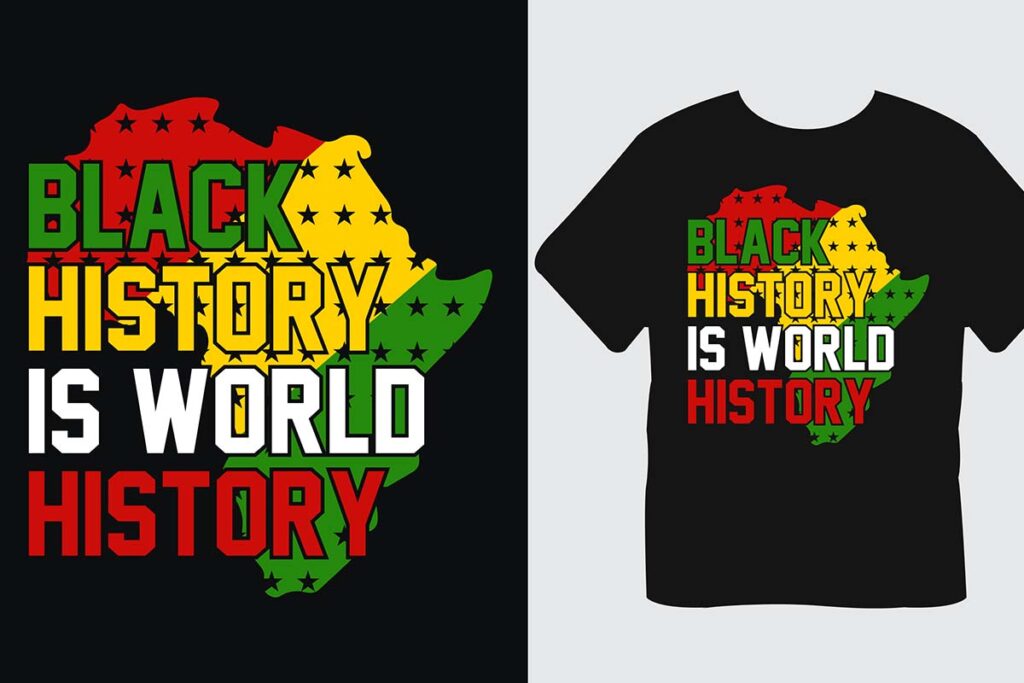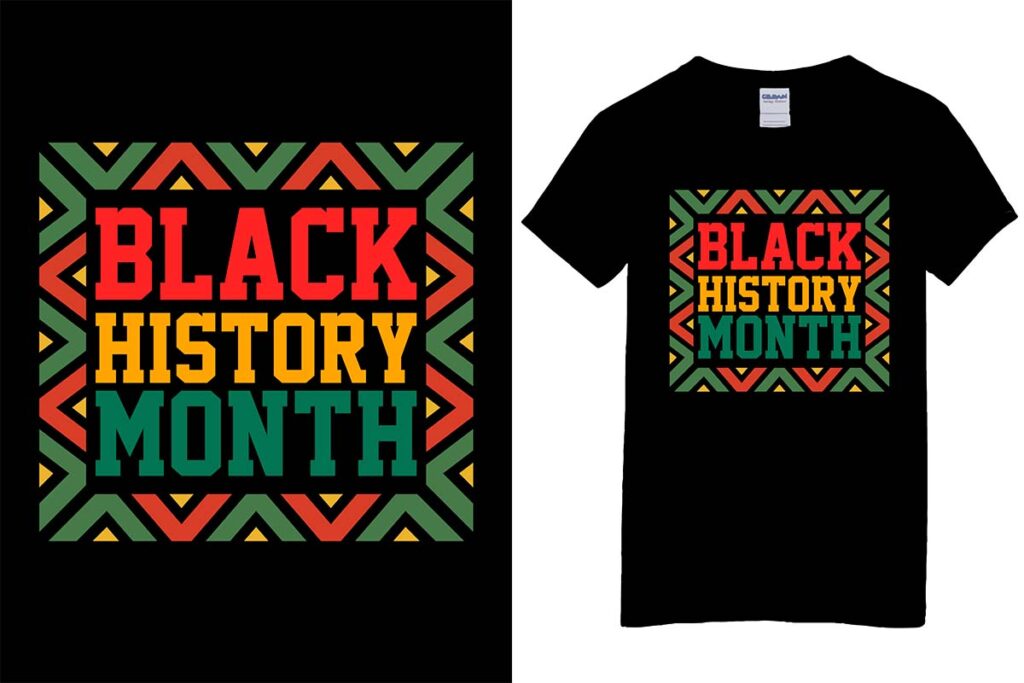In today’s fast-evolving fashion landscape, **DTF printing**, or Direct to Film printing, is emerging as a revolutionary method that significantly enhances design capabilities. This innovative technology allows brands to print vibrant and intricate designs directly onto a special film, which is then transferred to various fabrics, including cotton and polyester. With the growing need for customizable and quick-turnaround solutions in the fashion industry, DTF printing is becoming integral to meeting consumers’ demands for unique apparel. Moreover, its eco-friendly attributes position it as a preferred choice for businesses aiming to promote sustainable fashion printing practices. Join us as we delve into the transformative effects of DTF printing on custom apparel and its impact on the future of fashion.
DTF printing, widely recognized for its ability to deliver high-quality prints, represents a significant advancement in the realm of custom apparel production. Also known as Direct to Film printing, this technique offers fashion brands an efficient and eco-conscious alternative to traditional printing methods like screen printing and direct-to-garment options. With its ability to create eye-catching designs and cater to the desires of modern consumers, this technology is paving the way for new fashion industry innovations. In an era where sustainability and customization are paramount, utilizing DTF printing not only ensures vivid colors and intricate detailing but also aligns with the principles of sustainable fashion printing. As we explore the rise of DTF printing, it becomes clear that it plays a crucial role in shaping the future of fashion.
The Basics of DTF Printing Explained
DTF Printing, or Direct to Film printing, is a modern printing technology that has quickly gained prominence in the fashion industry. This innovative method involves printing designs onto a special transfer film, which can then be adhered to various fabric types, including cotton and polyester. Unlike traditional printing methods, DTF allows for greater detail, vibrant colors, and intricate designs that can elevate any apparel. The process is efficient as it requires less setup time, making it ideal for designers looking to create custom apparel without the overhead costs associated with bulk production.
This technology stands apart from other methods such as screen printing and DTG printing due to its versatility and efficiency. With DTF printing, both small and large fashion brands can produce lesser quantities of unique designs, fostering innovation in custom apparel printing. This capability opens doors for independent designers and start-ups to bring their creative visions to life, enabling them to respond quickly to market trends and consumer demands without significant financial risk.
Benefits of DTF Printing in Fashion Applications
The benefits of DTF printing extend beyond just cost-effectiveness and vibrant colors; it serves as a solution that allows for customization and personalization in the fashion industry. Brands can experiment with different styles and colors without the fear of high inventory costs. This agility helps designers capitalize on fleeting trends and create limited editions that resonate with modern consumers seeking individuality in their choices. Moreover, DTF printing supports a wide range of fabric types, making it applicable for various fashion niches, from streetwear to high-end couture.
Additionally, DTF printing aligns extremely well with sustainable fashion practices. As awareness of environmental issues grows, brands that incorporate eco-friendly methods such as water-based inks can appeal to a broader audience. By producing apparel on-demand, companies reduce waste and decrease their carbon footprint, which are essential elements in today’s conversation about sustainable fashion. Hence, DTF printing not only offers creative freedom but is also a responsible choice for brands that value sustainability.
How DTF Printing is Shaping Fashion Trends
One of the most significant impacts of DTF printing on the fashion industry is its ability to facilitate rapid customization. Fashion trends can change in the blink of an eye, especially due to social media influences. With DTF printing, designers can swiftly produce garments that align with emerging trends, ensuring that they can provide consumers with exactly what they want when they want it. This short turnaround time empowers brands to remain relevant in a fast-paced environment, engaging customers with fresh styles and vibrant designs.
Furthermore, DTF printing encourages brands to explore innovations in design and construction. As the technology advances, the scope of what is possible in fashion design broadens. We see more brands producing unique and sometimes avant-garde pieces that highlight how DTF printing delivers high-quality results. As a result, fashion houses can experiment more boldly, pushing boundaries while offering consumers the latest designs that reflect contemporary culture.
DTF Printing: A Tool for Eco-Friendly Fashion
As sustainability becomes integral to the fashion industry, DTF printing stands out as a technology that promotes environmentally responsible practices. Traditional printing methods often contribute significantly to pollution and waste due to the use of harsh chemicals and substantial water consumption. In contrast, DTF printing utilizes water-based inks that minimize ecological impact. This shift not only addresses the pressing environmental issues but also resonates with a growing segment of consumers who prioritize eco-conscious brands.
Moreover, DTF printing’s on-demand model helps prevent overproduction and waste, which has been a significant problem in the fashion industry. By producing garments only as they are ordered, brands can mitigate the risks of excess inventory that can lead to unsold items and, ultimately, landfill waste. This sustainable approach aligns with the values of contemporary consumers, creating a powerful narrative that connects fashion with ecological responsibility.
Emergence of New Business Models with DTF Printing
The rise of DTF printing has led to the emergence of innovative business models within the fashion industry. This technology is not just for established brands but uniquely enables independent designers and start-ups to carve out their niche in the market. With the ability to create custom apparel at lower costs, new entrepreneurs are setting up online stores that allow consumers to design their own clothing. This trend embodies a shift towards more personalized shopping experiences, which are increasingly appealing to younger, tech-savvy consumers.
Additionally, brands can adopt a hybrid model that combines e-commerce with physical retail spaces, promoting custom fashion segments that cater to local communities. As DTF printing continues to evolve, we can expect even more creative partnerships and collaborations emerging within the industry, as businesses seek to leverage this transformative technology to stay competitive while offering unique products.
Success Stories: Brands Leveraging DTF Printing
Many brands have successfully integrated DTF printing into their production processes, showcasing the versatility and potential of this technology. Custom t-shirt companies, in particular, have embraced DTF printing to offer personalized designs, enabling customers to add their text or images to garments. This approach not only enhances customer engagement but also drives brand loyalty, as consumers appreciate having a say in their fashion choices.
Moreover, athleisure brands have recognized the vibrant color capabilities of DTF printing, utilizing it to create eye-catching designs that appeal to fitness enthusiasts. The results are high-quality, durable apparel that meets consumer expectations for both style and function. Luxury fashion labels are also exploring DTF printing for limited edition collections, bridging the gap between high-end aesthetics and innovative technology. These success stories illustrate how DTF printing is becoming a vital asset across various segments of the fashion industry.
Frequently Asked Questions
What are the benefits of DTF printing in custom apparel printing?
DTF printing offers numerous benefits for custom apparel printing, including vibrant colors, intricate designs, and the ability to print on various fabric types. This method allows brands to produce high-quality, unique designs efficiently and cost-effectively, making it ideal for small batches and personalized items.
How does Direct to Film printing enhance sustainable fashion printing?
Direct to Film (DTF) printing enhances sustainable fashion printing by using water-based inks, which are more eco-friendly than traditional solvent-based inks. Additionally, DTF’s on-demand printing capability reduces waste by minimizing unsold inventory, helping brands to align with environmentally responsible practices.
Can DTF printing be used for fashion industry innovations?
Yes, DTF printing significantly contributes to fashion industry innovations by enabling rapid customization and quick turnaround times. This flexibility allows brands to stay ahead of trends and produce garments that meet real-time consumer demands, ultimately transforming how fashion is created and consumed.
Why is DTF fashion application gaining popularity among small brands?
DTF fashion applications are becoming popular among small brands due to their cost-effectiveness and versatility. DTF printing minimizes setup costs and allows for small batch runs, enabling independent designers to create unique pieces without the risk of unsold inventory.
What makes DTF printing superior to traditional printing methods for fashion?
DTF printing is superior to traditional printing methods because it provides vibrant colors, high detail, and flexibility for customization at reduced costs. Unlike screen printing, DTF can efficiently produce intricate designs and short runs, making it a preferred method for modern fashion brands.
How does DTF printing facilitate integration with e-commerce platforms?
DTF printing facilitates integration with e-commerce platforms by allowing consumers to design and order custom prints directly online. This direct-to-consumer model enhances engagement and fosters customer loyalty, as individuals enjoy the ability to create unique apparel tailored to their personal style.
| Feature | Description | Benefits |
|---|---|---|
| What is DTF Printing? | A digital printing method that transfers designs onto a special film before applying to fabrics. | Enables vibrant colors and intricate designs for various fabrics. |
| Vibrant Colors and Detail | Superior color vibrancy compared to traditional printing methods. | Creates stunning and standout prints for fashion pieces. |
| Cost-Effective for Short Runs | Lower setup costs and minimum orders required compared to conventional methods. | Enables small brands to produce limited editions without excess inventory. |
| Eco-Friendly Options | Uses water-based inks, reducing environmental impact. | Aligns with consumer demand for sustainable practices. |
| Customization and Quick Turnaround | Allows brands to quickly respond to fashion trends and market demands. | Increases relevance and customer engagement. |
| Emergence of New Business Models | Enables personalized fashion and niche catering. | Deepens consumer relationships and enhances market engagement. |
Summary
DTF printing is revolutionizing the fashion industry by offering innovative solutions that cater to the increasing demands for customization, sustainability, and vibrant design. This transformative technology allows fashion brands to produce high-quality, detailed prints with cost-effective processes, making it ideal for both new and established companies. As the fashion landscape continues to evolve, those embracing DTF printing will not only meet the current market trends but also lead in creating a more responsive and environmentally sustainable industry.



